The Adobe Digital Price Index claims to use data from over one billion online consumer transactions comprising over 100 million unique product SKUs. While these are massive numbers, Statista estimates that only 16% of retail sales will come from online transactions by 2024. Despite the relatively small percentage, more than 75% of adults shop online, and more than half shop online at least once a week Therefore, in-store prices should be somewhat competitive with online prices. Therefore, the Adobe Price Index provides a decent price indicator for consumer goods and may even prove to be a leading indicator of consumer price trends. With that, we present some interesting data points and graphs from Adobe’s latest data.
- Monthly grocery prices fell 3.7% in August and are running +.48% year-on-year. It is the lowest monthly figure since the index began in 2014.
- The chart below shows that of the 18 price categories that follow, 11 have been declining on average over the past three months.
- Adobe says prices fell 24% overall last month, bringing the year-over-year rate to -4.37%.
Austan Goolsbee and Pete Klenow created the Adobe template. Goolsbee was recently named president of the Chicago Federal Reserve. The data we present may help explain why he seems more confident than other Fed members that inflation will return to the Fed’s 2% target.
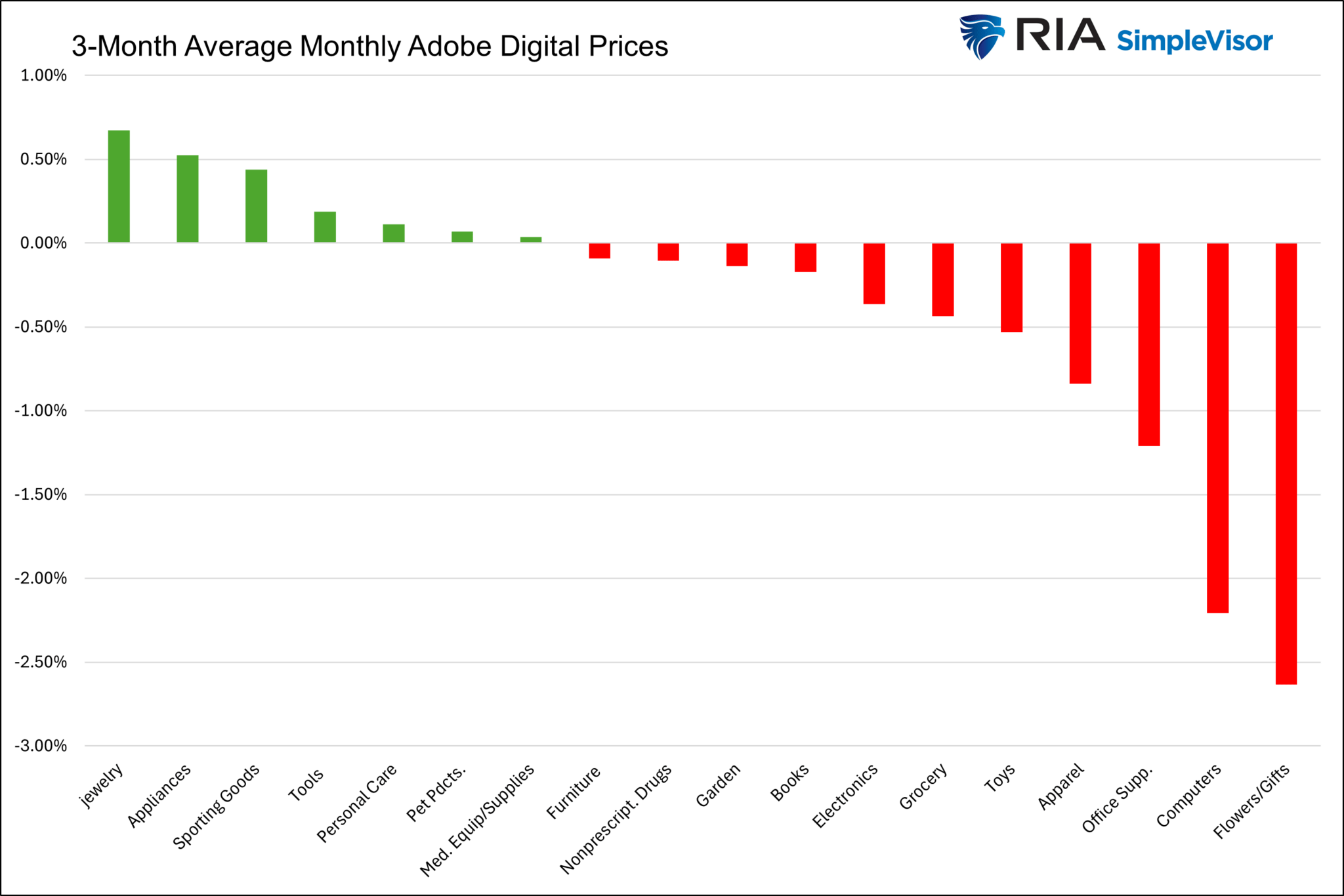
What to see today
Earnings


Economy


Trade market update
Yesterday we discussed how short-term bonds were overbought and needed a small correction. Yesterday’s CPI print, with core inflation rising, may have started that correction. However, today’s PPI print will also be important. The inflation print was headline-grabbing enough to spark a rally in the stock market as investors settle for a 25-basis-point cut at next week’s Fed meeting.
Notably, yesterday’s rally was the turn of the “Magnificent 7” what has bis under pressure lately. However, these companies in particular generate a large portion of the index’s overall earnings growth. With inflation falling and personal consumption holding steady, the earnings of these companies will likely continue to drive the markets for the time being.
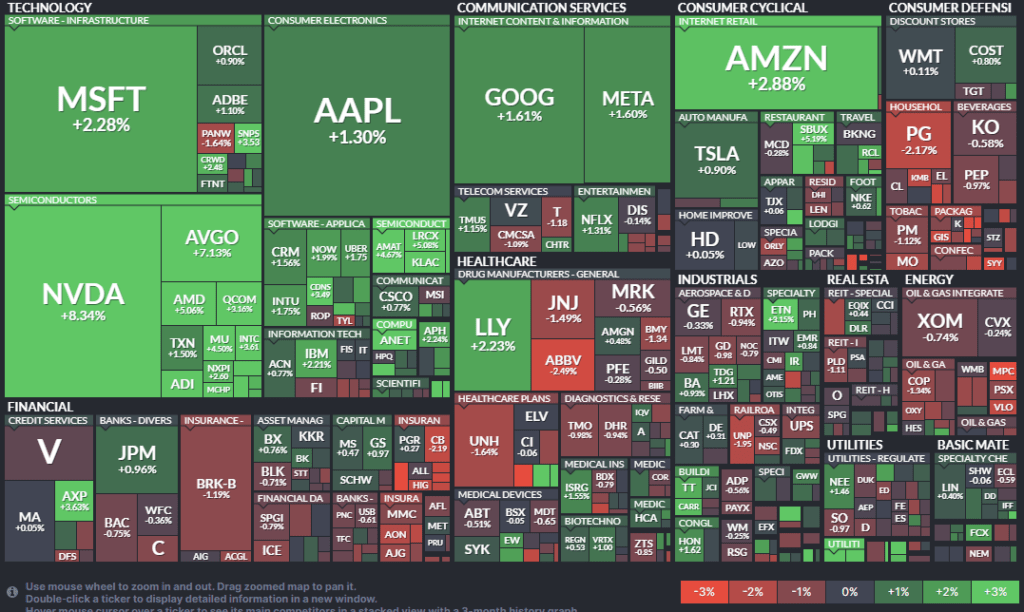

Technically speaking, yesterday’s rally was very bullish. In the morning, the market initially sold off after the CPI report. However, as the markets digested the data, buyers entered the 100-DMA and took the market above the 50-DMA by the end of the day. That successful test of support and break of overhead resistance causes the market to retest recent highs. With the market not overbought and the MACD starting to rise, we should see some follow-on buying today if the producer price index confirms the trend of weakening inflationary pressure.
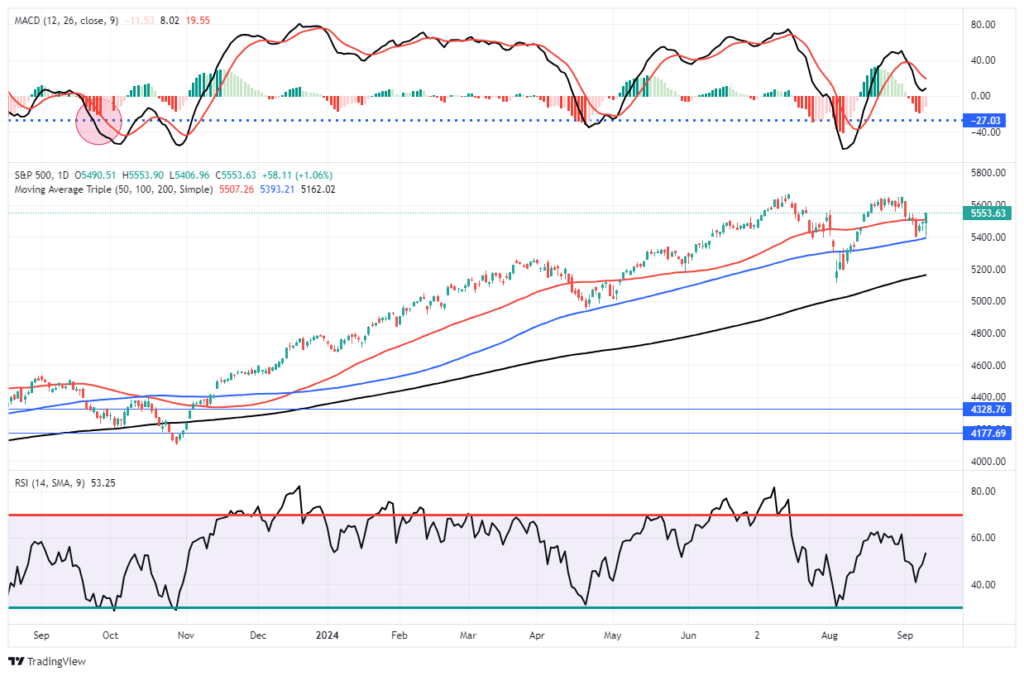

Continue managing the exhibitions. Although the market does not have one “all clear” still, yesterday’s action was very encouraging.


CPI report
The headline CPI came in as expected, increasing by 0.2% month-on-month and 2.5% year-on-year. The underlying CPI was one-tenth above expectations at 0.3%, but on a year-on-year basis it met expectations of 3.2%. It is worth noting that the annual inflation rate fell from 2.9% to 2.5%. The decline was due to the fact that a monthly annualized inflation reading of 4.3% for 13 months was left out of the calculation. This is the lowest inflation reading since March 2021.
Once again, coat prices account for almost all of the monthly earnings. House prices rose by 0.5%. As shown below, the CPI minus shelter has been zero for the past two months and is slightly negative for the previous three months. As we continue to speak, when the CPI shelter prices catch up with real-time rental price indicators, the CPI will fall again, possibly into deflationary territory.
The data further confirms that the Fed is likely to cut rates by 25 bps next week. As implied by Fed Funds futures, the odds of a 50bps cut are 12%, down from more than 50% a week ago.


Cash cows tell us about returns
We have written many articles and commentaries on interest rates. The analysis used previous and current inflation and economic activity. In addition, we analyze market data on inflation expectations, Fed Funds futures and other factors that influence interest rates. Today we add an unorthodox factor to the list: leisure cows.
This article presents a unique way to indicate where dividend investors think interest rates will be in the future.
READ MORE…
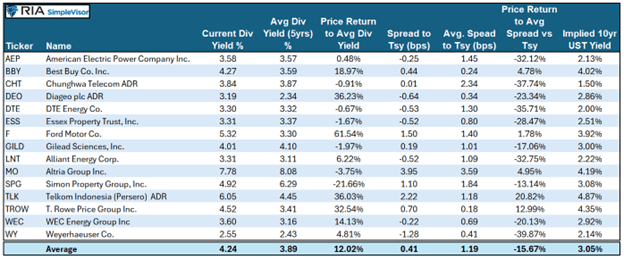

Tweet of the day
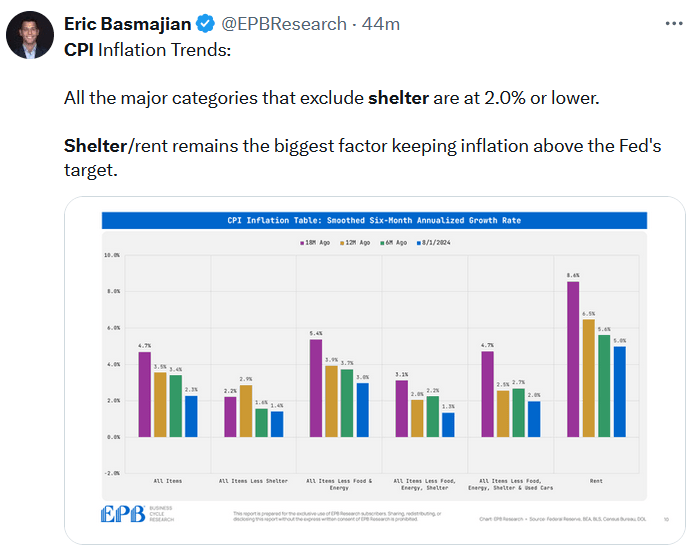

“Want to achieve better long-term success in managing your portfolio? Here are our 15 trading rules for managing market risk.
please subscribe to the daily comment to receive these updates every morning before the opening bell.
If you found this blog useful, please send it to someone else, share it on social media or contact us to arrange a meeting.




Michael Lebowitz, CFA is an investment analyst and portfolio manager at RIA Advisors. specializing in macroeconomic research, valuations, asset allocation and risk management. RIA Contributing Editor and Research Director. CFA is an investment analyst and portfolio manager; Co-founder of 720 Global Research.
Follow Michael Twitter or go to 720global.com for more research and analysis.
Customer Relationship Summary (CRS Form)
Post views: 1,265
09/12/2024
> Return to all posts
#Online #prices #point #deflation #RIA